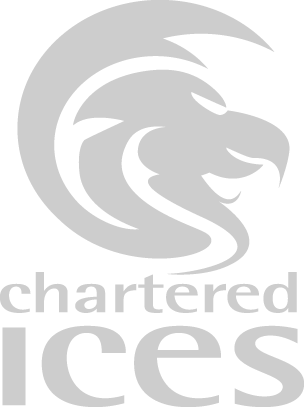8 Feb
Benefits of Laser Scanning in time restricted environments - East Oil Jetty, Dublin
Oil tankers dock at the EOJ to offload their oil cargo which is piped to storage facilities throughout the Port. The Jetty stretches 180m into the harbor and is 10m wide. The platform consists of 21 pipelines and 4 ducting trays which are carried on a 7.5 meter high structure of 11 concrete supports and 18 steel supports.
Hugh Munro and Company (HMC) were appointed by Dublin Port Authority to assist in design and engineering works to install new steel supports to replace the existing concrete supports, the condition of which had deteriorated over time.
Apex Surveys was assigned the task of producing an as-built drawing of the Jetty suitable for the design and installation works. Due to the complexity of the pipework, high level of detail and accuracy requirements of the project, it was determined that a 3D AutoCAD model of the Jetty would provide the most effective representation of the relationship between the existing structure, existing pipework and the proposed steel supports.
The raw data used to create the 3D model was acquired through the use of Laser Scanning technology. Laser Scanning was selected over traditional survey techniques due to the speed at which the data could be collected and the accuracy of the results. This was critical on the Jetty as it allowed the survey to be programmed around the busy shipping schedule.
The scanning works were completed in a 5 hour time window, between cargo deliveries, when the Jetty was free of ships. If the scanning ran over the allotted time it would have resulted in hours of downtime while the survey team waited for the incoming ship to offload its cargo and move on. By comparison the use of traditional techniques would have amounted to approx. 36 hours of survey time which when combined with downtime could have led to a timeframe of up to 2 weeks. This was not an option for the client, not only due to the delivery targets of the project, but also the associated costs of having a survey team on site for 2 weeks.
Once given the green light to enter the Jetty the scanning team set to work placing targets at strategic locations within the scan area, the position of the targets would later be used to control the scan data during point cloud registration. The scanner setup locations were selected carefully to ensure the scan was done on time while limiting the effects of shadowing and maintaining quality. Overall the project required 15-20 individual scans with the final scan completed as the incoming tanker appeared on the horizon.
The resulting point cloud was processed and modeled through specialized software to produce the final layered AutoCAD model. A short while after delivery HMC requested cross sections at the recently confirmed locations of the new supports. Traditionally this would have required a return visit to site but the Apex Surveys team was instead able to revisit the scan data and extract the sections from the existing point cloud. This not only provided significant cost savings but also avoided the logistics of opening up a new works permit on the Jetty and waiting for a new time slot.
This project highlights the benefits of laser scanning when time on site is limited and access restrictions are in place. The volume and quality of data collected in such a short space of time could not have been achieved using traditional techniques. The scanner scans everything within range regardless of the specific project requirements which results in a backup of raw data which can be revisited at any time. This is hugely beneficial in areas such as the pier as it allows for seamless remodeling without the need for costly revisit.
Traditional survey techniques are still the most common way in which to complete survey works in Ireland today and have many advantages over Laser Scanning depending on the site conditions. Although Laser Scanning was certainly the best option for this project there are often projects where traditional techniques will be more effective and provide the best results. Options for survey techniques should be considered carefully for all surveying tasks with selection based on the specific requirements of the project.






